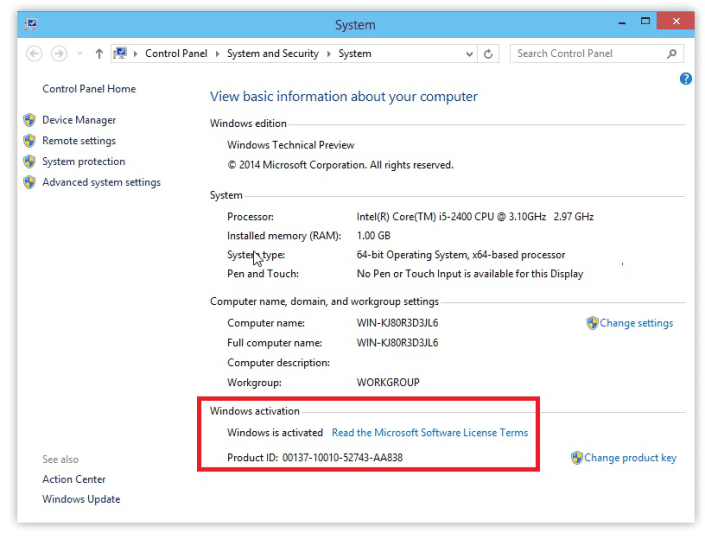
This resulted in the following scenarios:

The goal is to see the impact switching from x86 to 圆4 bit version of Office. This research has taken place on our infrastructure which is described here. When migrating it is recommended to validate if all those plugins and integrations still work. There is a chance some of these integrations or plugins may not work. In many organizations, there are many applications and specific plugins that integrate with Office. When using extreme large Excel sheets there is probably a preference for the 圆4 version. The advantage using 圆4 bit version of Office is the amount of memory that can be consumed. Microsoft already made the decision with Windows 10 to only provide 圆4 version and have dropped the x86. With the current processor architectures and the amount of memory consumed in device nowadays, it makes sense to switch to 圆4. It is still possible to switch to the x86 architecture.
MICROSOFT OFFICE KEYGEN 2015 INSTALL
Once you click install from the Office365 portal it will now install the 圆4 version of Office by default. Previously, the default setting was 32-bit at installation /gIqO8y1zbo- Jesper Nielsen January 1, 2019 Starting mid-january will start installing ProPlus and Office 2019 with 64-bit as the default setting.


Twitter message from Jesper Nielsen (MVP): Microsoft announcementĪs mentioned in the introduction Microsoft announced they are switching the default installation to 圆4 architecture. What is the difference between these architecture versions and is there any impact? This research will cover the performance impact difference between x86 and 圆4 of Microsoft Office. Within VDI deployments it has always been common to deploy an x86 version of Office. A couple weeks ago Microsoft announced the switch for the default installation of Office from x86 to 圆4.


 0 kommentar(er)
0 kommentar(er)
